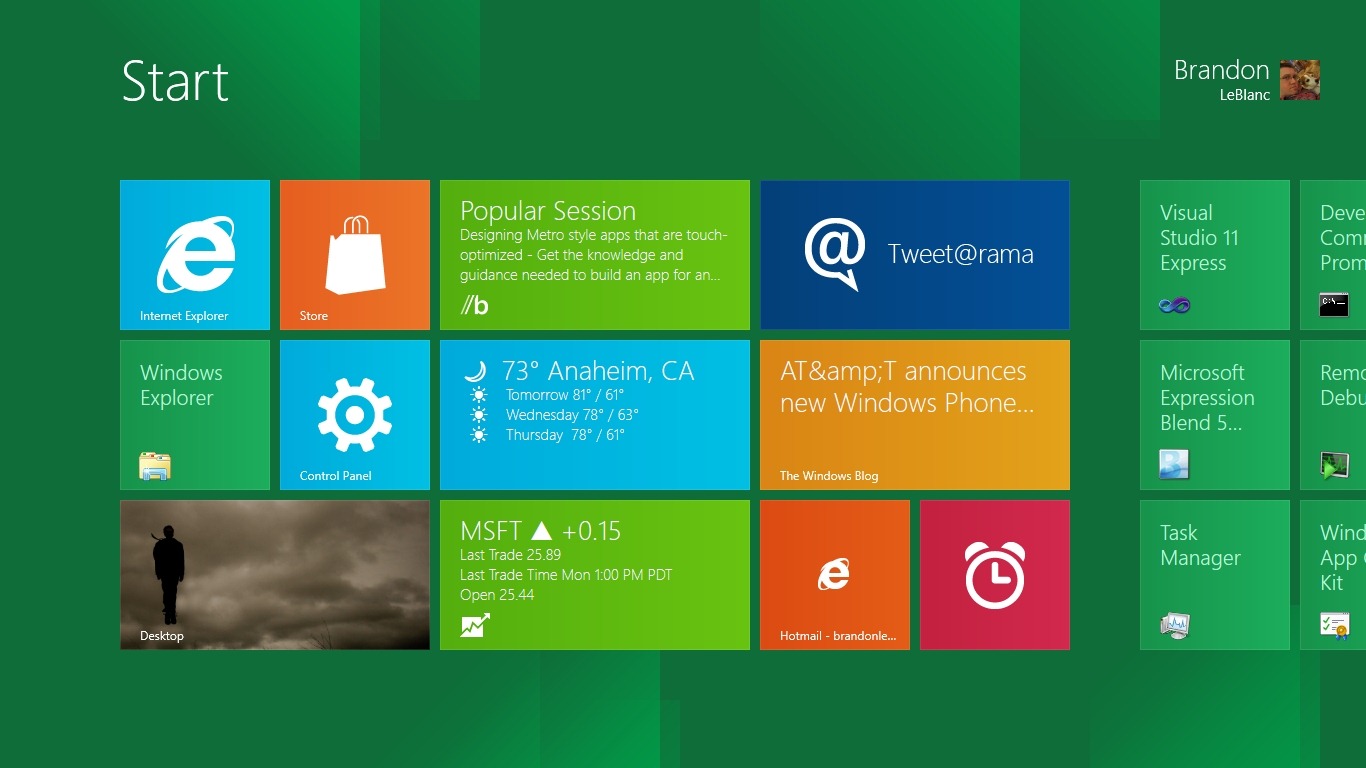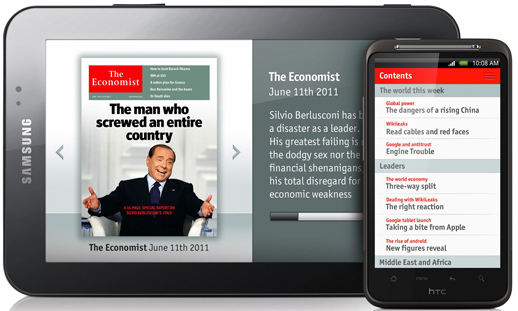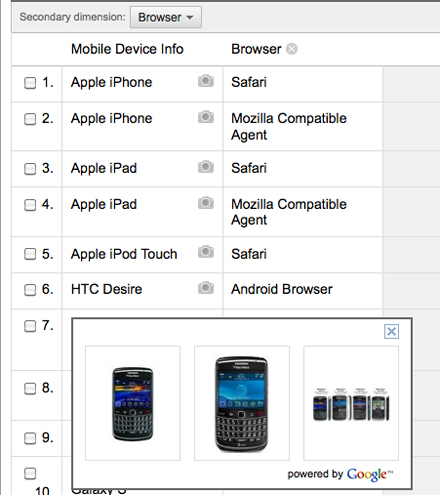Digital media developer Daniel Sharp has praised the next version of the Windows operating system for its ease of use when programming.
Writing for the Kernel, the Stonewash co-founder states the advantages of developing digital media products for Microsoft’s as-yet-unreleased operating system over Google’s Android OS:
I’ve just come from another testing meeting. Seven of us around a table looking at an Android app that’s in the mid-stages of development. We’ve found unique issues on each device, every device on the table was running a different version of Android, with different resolutions, capabilities and specifications. Getting this right is going to be time consuming…
Meanwhile, for the past seven weeks we’ve also been working on a super-secret project building magazine apps for the Windows 8 launch. In those seven weeks, we’ve managed to create a solid first version, that works across all resolutions, laptops, desktops and tablets, whether they use a touch screen, pen or mouse. Development was easy.
He continues:
The fact that you can develop native applications for Windows using HTML and JavaScript is huge: in our case, it meant that every single engineer in our company already knew how to develop for Windows.
If you’re looking at a smartphone application then Windows 8 isn’t for you; it’s not for smartphones. But if you’re looking at a tablet application, take a good hard look at Android and the figures. I took one look at them and I’m not convinced.
And that’s why I have paused all our Android development in favour of Windows 8.
Earlier this week the Financial Times revealed that it is working on an app for Windows 8, ahead of the autumn tablet release.
Stonewash develop frameworks for news and magazine publishers to create bespoke tablet applications. Their clients include lifestyle magazine Lusso, Investment & Pensions Europe and the Henley Standard newspaper.





